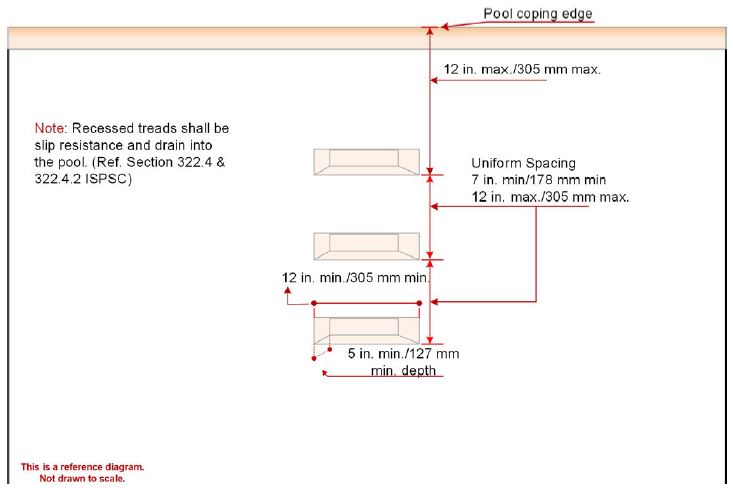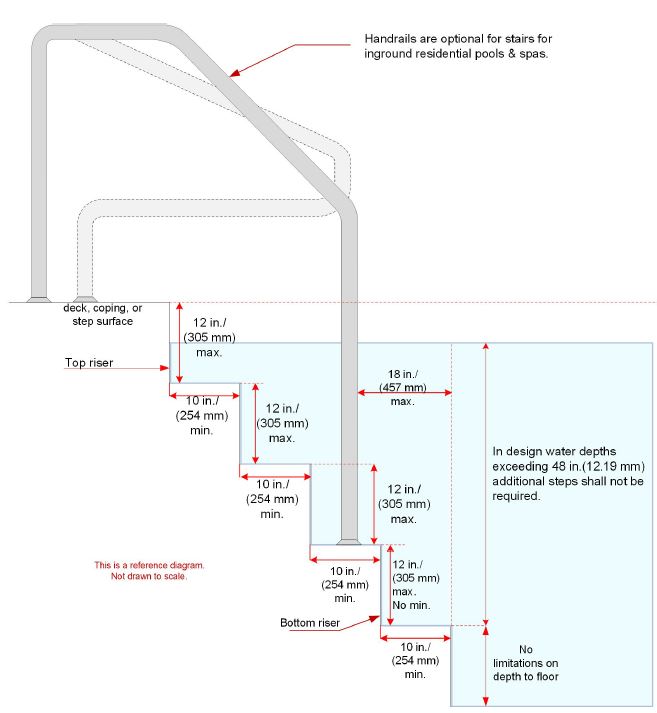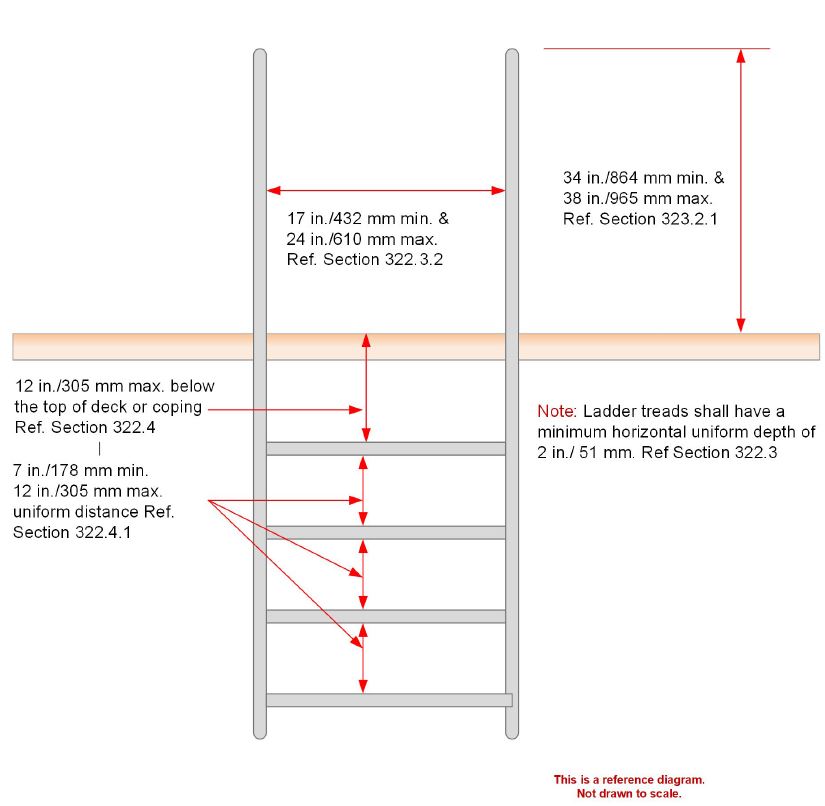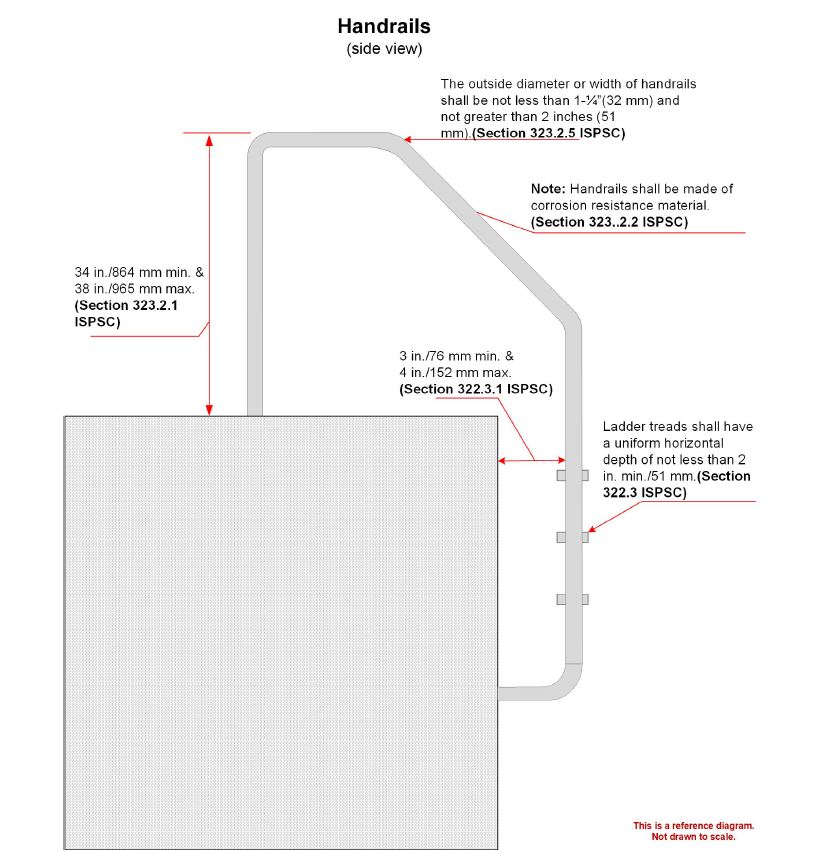
CodeNotes: Permanent Inground Residential Swimming Pool Entry/Exit Requirements
This CodeNotes resource provides an overview of entry/exit requirements of the 2021 International Swimming Pool and Spa Code® as they pertain to permanent inground residential swimming pools.
This edition of CodeNotes — Permanent Inground Residential Swimming Pool Entry/Exit Requirements — is based on the 2021 International Swimming Pool and Spa Code®.
Introduction
This CodeNotes™ provides an overview of entry/exit requirements of the 2021 International Swimming Pool and Spa Code® (ISPSC®) as they pertain to permanent inground residential swimming pools.
All pools shall have a means of entry and exit in the shallow areas if water depth exceeds 24 inches (610 mm) at the shallowest point. The means of entry and exit shall be located on the shallow side of any first slope change (Ref. Section 809.2 of the 2021 ISPSC).
Entries and exits shall consist of one, or a combination of, the following: steps, stairs, ladders, treads, ramps, beach entries, underwater seats, benches, swimouts, and other approved designs (Ref. Section 809.2 of the 2021 ISPSC). All treads shall have slip-resisting surfaces. (Ref. Section 322.3 and 322.4 of the 2021 ISPSC).
A secondary means of entry and exit shall be provided in the deep area of the pool if the water depth exceeds 5 feet (1.52 m) (Ref. Section 809.3 of the 2021 ISPSC). Pools over 30 feet (914cm) in width at the deep area shall have an entry and exit on both sides of the deep area of the pool (Ref. Section 809.4 of the 2021 ISPSC).
Recessed Treads
Recessed treads shall have a minimum depth of not less than 5 inches (127 mm) and a width of not less than 12 inches (305 mm). The vertical distance between the pool coping edge, deck, or step surface and the uppermost recessed tread shall not be greater than 12 inches (305 mm). A recessed tread is a pocket built into the wall of a pool that is large enough for a foothold. A vertical series of recessed treads provides the user with a ladder effect to climb out of the pool. Slip-resistant surfaces on recessed treads are required and especially necessary in a wet environment.

Pool Stairs
Section 809.5.1 requires that tread dimensions have a minimum unobstructed horizontal depth of 10 inches (254 mm) and a minimum unobstructed surface area of 240 square inches (0.15 m2). The thinking is that a minimum tread depth provides for the entire placement of an adult foot. The minimum area of the step provides for an adult to stand comfortably with both feet on the step.

Pool Ladder & Handrail Requirements
Climbing a ladder is nearly impossible without using two hands on separate handholds or handrails. The clear distance between ladder handrails shall be not less than 17 inches (432 mm) and not greater than 24 inches (610 mm). The separation between the handrails is necessary to provide stability for the ladder user.










